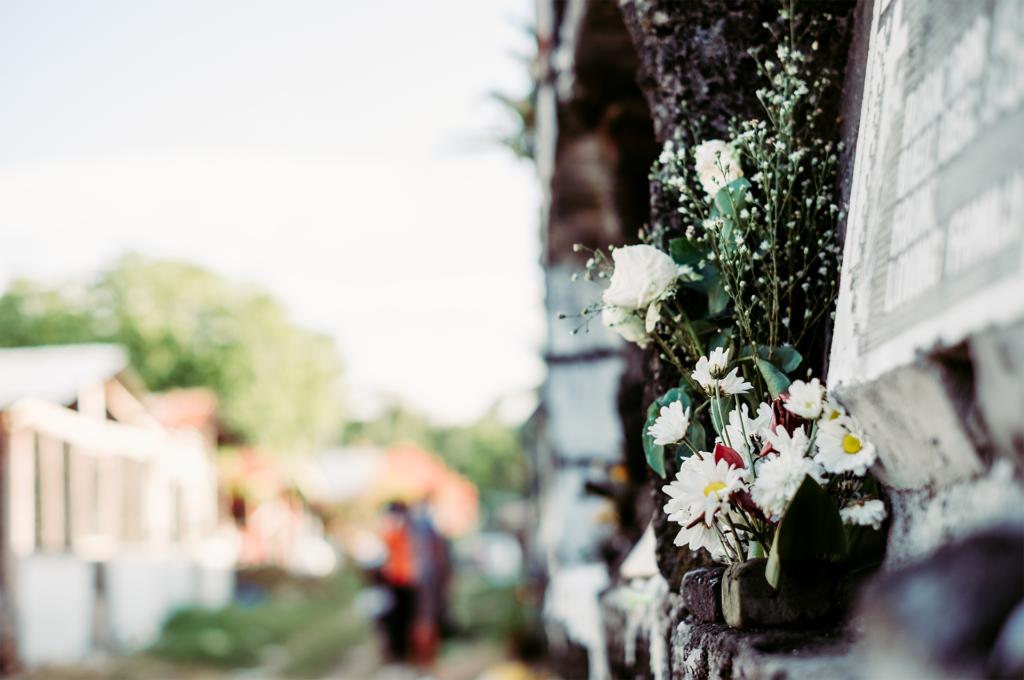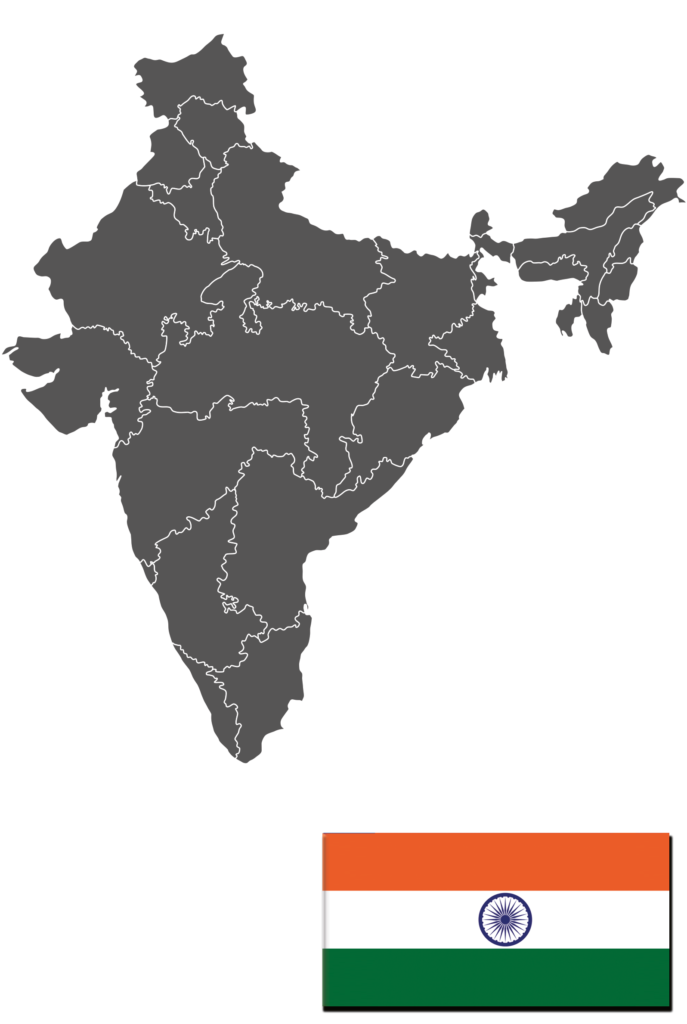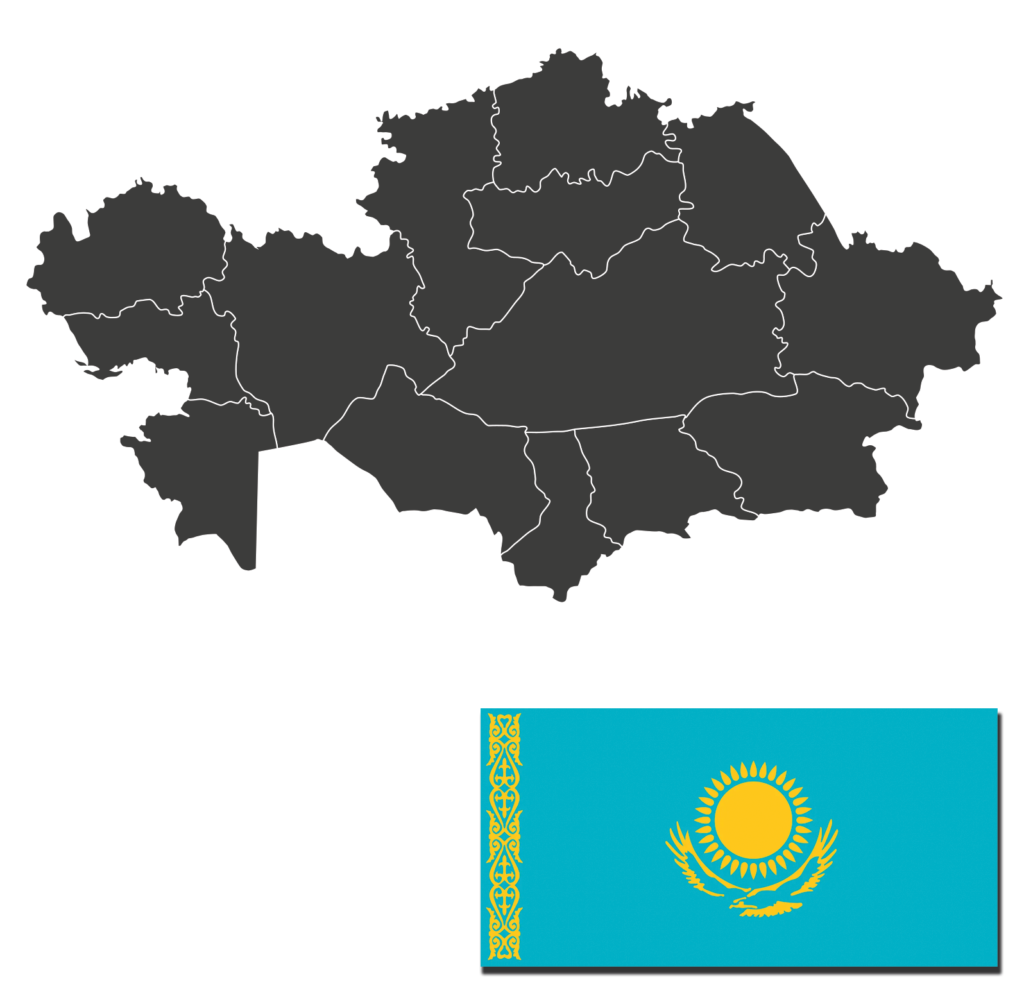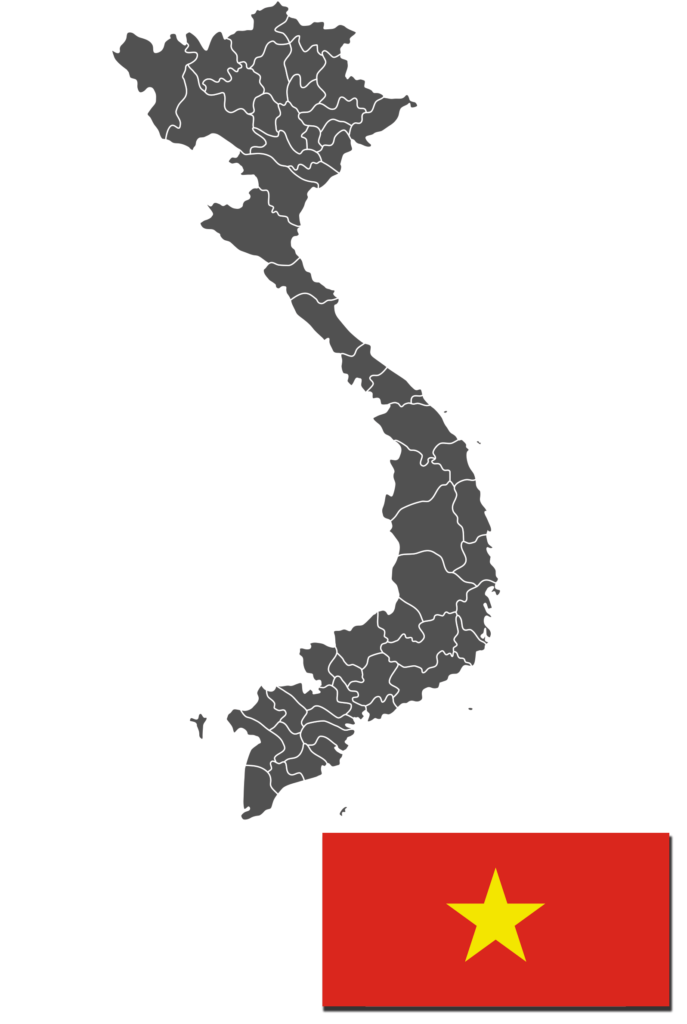Home > Death Anniversaries: Cultural Commemorations From Around the World
Death Anniversaries: Cultural Commemorations From Around the World
by Autumn Whitefield-Madrano

“These culturally specific ways of marking anniversaries demonstrate how humans simultaneously grieve and accept the inevitable.”
When a loved one dies, certain details tend to become fixed in the minds of the mourners. One of those details: the date of death, which may be indelibly marked upon the loved ones of the deceased.
For proof of how important a previously banal calendar date can become, we can turn to the cultures around the world that have developed specific practices to note death anniversaries. In addition to broader commemorative celebrations such as Day of the Dead, widely celebrated throughout Latin America and increasingly in the United States as well, these culturally specific ways of marking anniversaries demonstrate how humans simultaneously grieve and accept the inevitable.

“These culturally specific ways of marking anniversaries demonstrate how humans simultaneously grieve and accept the inevitable.”
When a loved one dies, certain details tend to become fixed in the minds of the mourners. One of those details: the date of death, which may be indelibly marked upon the loved ones of the deceased.
For proof of how important a previously banal calendar date can become, we can turn to the cultures around the world that have developed specific practices to note death anniversaries. In addition to broader commemorative celebrations such as Day of the Dead, widely celebrated throughout Latin America and increasingly in the United States as well, these culturally specific ways of marking anniversaries demonstrate how humans simultaneously grieve and accept the inevitable.
Regardless of whether a client’s own culture, heritage, or religion (such as the yahrtzeit of Judaism) has a specific anniversary rite, it may be worth developing personal ways to celebrate, commemorate, grieve, or otherwise mark the date of death. As Megan Sheldon, cofounder of Seeking Ceremony and Be Ceremonial, wrote for INELDA, “A ceremony offers people an opportunity to release the past, be still in the present, and set intentions for the future.”
Sheldon notes that in her practice, she’s careful not to appropriate from other cultures—a standard doulas strive for. Instead, let these rites serve as portals into creative ways your own practice can incorporate anniversary rites, in addition to helping you better serve clients whose communities may directly incorporate these rituals.
The End of Mourning: Babang Luksa in Republic of the Philippines
Translated to “reducing mourning,” babang luksa both commemorates the dead as well as welcomes back the grieving. Traditionally, immediate family members are expected to wear black clothing exclusively and refrain from celebrations and socializing in the year following a family member’s death. On babang luksa, family members gather for a meal—and then they can once again don their more colorful clothes and rejoin community celebrations without risking the appearance of disrespecting the memory of the dead. Belongings of the dead may also be distributed to mourners who gather for babang luksa. Roman Catholic Filipinos may also pray the rosary or recite special prayers, as is customary in the religion.
While black is still associated with mourning in the Philippines, as is the case in many other countries, it’s not exclusively so. Many modern Filipinos instead wear a black pin affixed to their normal clothes in the year following the death of a loved one. Each time the wearer secures the pin to their clothes, it’s an opportunity to think about the person whose death ushered in the adornment.


Repaying Debts Toward the Deceased: Shraddha in Hindu India
As spiritual as it is commemorative, Shraddha brings together family and loved ones to help ensure the well-being of the deceased in the afterlife. With offerings of prayers led by a Hindu priest, recitations of sacred texts, and offerings of water, sesame seeds, and rice balls, loved ones also unburden themselves of debts they may have accrued with the deceased before their passing.
This is also a time for family members to feed Brahmins (the highest social caste in the Hindu societies), priests, or the poor. Some families may offer more generalized charitable contributions in memory of the deceased as well. Family members may continue performing Shraddha after the first anniversary if they wish, but it’s that first year that is essential for this ritual.
A Template for Roman Catholic Mourning: Rosario, Spain
Spain is not the only country where rosario is practiced, but it may be the one where it’s most evident. One year after the death of a loved one, family members congregate. Flowers, candles, prayers, and sharing of memories combine to create a holding space for mourners.
The first anniversary needn’t be the only rosario held. In fact, traditionally, it’s the second rosario, the first taking place nine days after death and serving as a memorial service for people who were unable to attend the funeral–particularly important in Spain, where burial usually takes place within 48 hours of death. Families can also elect to hold a rosario on subsequent anniversaries of the death.


Horseplay Invited: The Anniversary Feasts of Kazakhstan
The deep connection between horses and the nomadic cultures of Central Asia, specifically the Kazakhstan area, continues after death. On the first death anniversary of a loved one, it’s off to the races: horse races, shooting competitions, and other sporting events take place.
These festivities are tethered to a central feast for the community. The larger and more lavish the feast, the more respect demonstrated for the dead. Building on the storytelling culture of the region, these fetes can develop into legends of their own—thus commemorating the dead not only in their life, but in their death.
A Solemn Feast: Gio, Vietnam
Ancestor worship plays a large role in Vietnamese Buddhism, with virtually every home hosting an altar for deceased ancestors that sees frequent offerings placed in front of it—fruit, tea, snacks, wine or beer, anything to demonstrate respect for parents and grandparents who have died. Given the importance of ancestor worship, there are numerous ceremonies surrounding death, with gio serving as the one-year anniversary commemoration.
Days of preparation go into the feast, including special foods served only at this time. Family members bring offerings for the altar, and mourners burn incense. While celebrants treat the day as a time to be together and enjoy one another’s company, the first death anniversary usually has a solemn tone to show respect for the deceased. The second death anniversary, however, tends to have a lighter tone despite being considered as important as the first anniversary; it’s considered a turning point for both the living and the dead.

